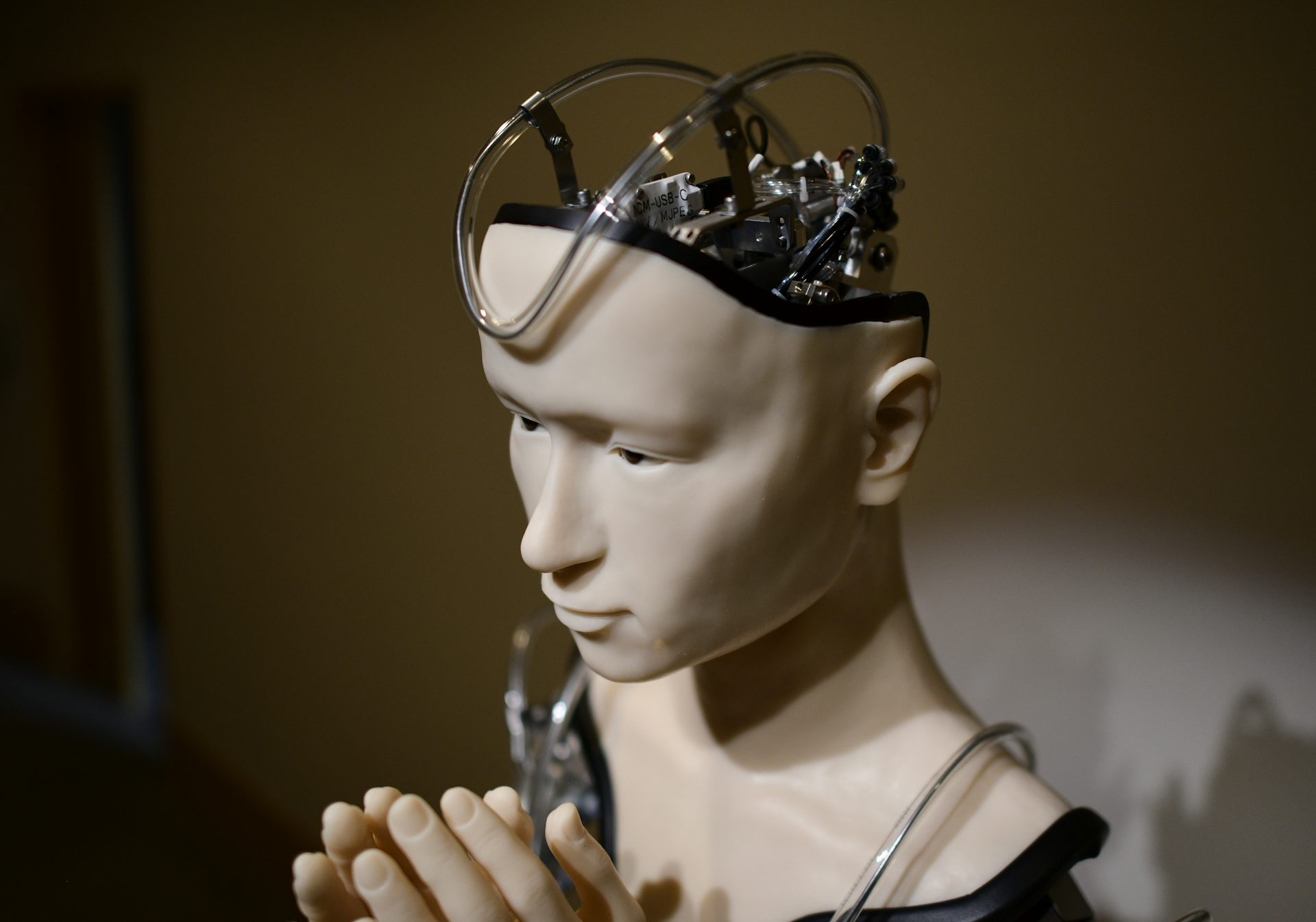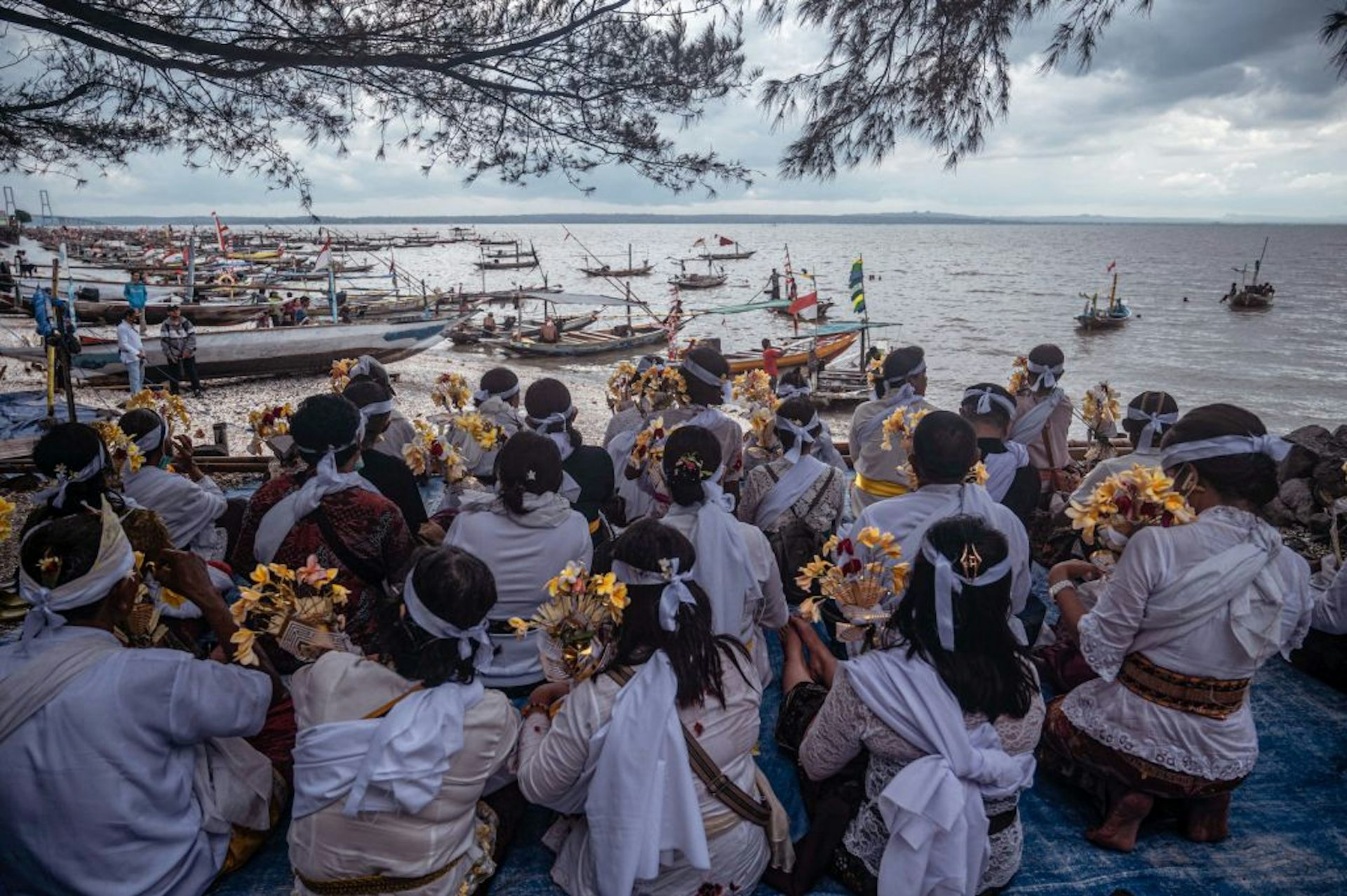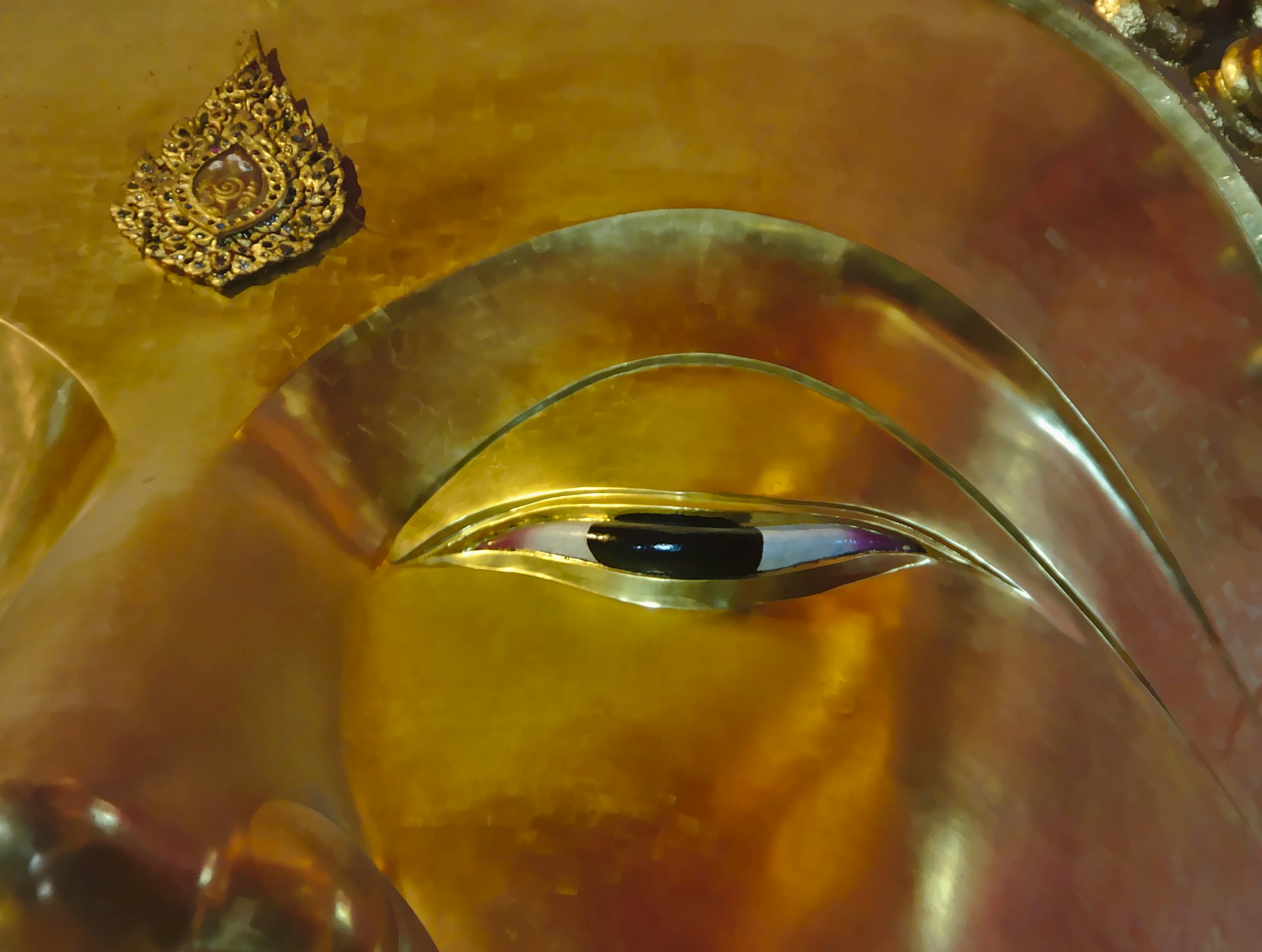New research shows how LGBTQIA+ Buddhists in Australia struggle to come out, feel pressure to lie about their sexuality and experience discrimination.
More than half of Australia’s LGBTQIA+ Buddhists feel reluctant to “come out” to their Buddhist communities and nearly one in six have been told directly that being LGBTQIA+ isn’t in keeping with the Buddha’s teachings.
These are some of the findings from my research looking at the experiences of LGBTQIA+ Buddhists in Australia.
I’m a genderqueer, non-binary Buddhist myself and I was curious about others’ experiences in Australia since there has been no research done on our community before. So, in 2020, I surveyed 82 LGBTQIA+ Buddhists and have since followed this up with 29 face-to-face interviews.
Some people may think Buddhism would be quite accepting of LGBTQIA+ people. There are, after all, no religious laws, commandments or punishments in Buddhism. My research indicates, however, this is not always true.
Buddhism does have five precepts, or rules for behaving in a moral or ethical way, that monastics and some lay practitioners are meant to follow to have a morally good life. The precept of “sexual misconduct” has been interpreted as referring to homosexuality.
As a result, many LGBTQIA+ Buddhists here continue to experience discrimination. For example, some trans and non-binary Buddhists have been subjected to gender segregation at meditation retreats, while others have been forced to lie about being LGBTQIA+ out of fear of being denied access to ordination.
Difficulties of coming out
In my research, I found that many LGBTQIA+ Buddhists are reluctant to come out because, as Lang* (a pansexual, non-binary man) explained:
there is a profound lack of understanding of how heteronormative and puritan many Buddhist spaces are.
Similarly, Helen (a pansexual transwoman) described the monastery she visits as “a ‘male’ institution”, adding that
judgements and phobias do not disappear because of ordination.
Traci (a lesbian woman) was told explicitly by monastics that being LGBTQIA+ is not in keeping with the Buddha’s teachings. She was not allowed to join a Tibetan sangha (community) in Australia because of her sexuality.
And when Annie (a pansexual transwoman) came out to her teacher (a monastic), he gave her an hour and a half lecture that focused in part on the “evils of gay sex”, despite the fact she stressed she isn’t gay.
Read more: Traditional Buddhist teachings exclude LGBTQ people from monastic life, but change is coming slowly
Barriers to meditation and ordination
Meditation is one of the key elements of Buddhism and many Buddhist groups offer meditation retreats.
Some trans and non-binary Buddhists I spoke to, however, have had difficulties attending these retreats because they always segregate participants into two groups based on a binary view of gender. Nano (a queer non-binary man) reflected on how it felt when they attended a retreat:
I remember going and sitting with the women, and all the old [local] ladies laughing at me and pushing me back into the midsection [next to the men].
Gender segregation is meant to support practitioners by removing the distraction of “the opposite sex”, but this ignores the experiences of LGBTQIA+ people. Raja (a polyamorous gay man) said:
I would have to potentially deal with my own possible lusts should they arise within the shared environment. Others who identify as heterosexuals would be in a slightly more advantageous setting.
Read more: Friday essay: how the West discovered the Buddha
A common image associated with Buddhism is a monastic in robes. I found that some LGBTQIA+ celibate monastics who are “out” have, at times, been encouraged to keep their sexual and gender identities a secret so they would not be denied access to ordination.
When the Venerable Daiji (a queer man) lived in a monastery, he was approached by a woman who asked if he was gay and then said: “Then you can’t ordain. You can’t be a monk.” He notes that in a monastery,
there was a lot of pressure to not identify with my sexuality […] which of course, no one else seemed to have to do that work on their sexuality.
An ordained Buddhist priest, Daiden (a gay man), was told by his teacher to not say anything about his sexuality.
If somebody asks, of course, you’re not going to lie. But don’t just say anything about it.
When he is asked if he has a partner, he still says no.
That is lying I guess […] because I do have a partner.
Ways to build a more inclusive community
To build a more supportive and inclusive community, some LGBTQIA+ practitioners are forming groups to connect with others internationally, such as the Third International Queer Buddhist Conference, which brings together hundreds of LGBTQIA+ Buddhists every year.
This is happening within Australia, as well. Rainbodhi was founded in Sydney in 2019 as a “spiritual friendship group” for LGBTQIA+ Buddhists to organise and advocate for greater inclusion and acceptance within the broader Buddhist community. This has led to the formation of other Rainbodhi groups in Singapore, Spain, Poland, Canada and the US.
In 2021, Rainbodhi published “Welcoming the Rainbow”, a booklet promoting awareness and understanding of diversity for use in Buddhist temples, organisations and retreat centres. It has now been translated into Dutch, French, Polish, Spanish and Thai, with a Portuguese translation on the way.
For many of my survey participants, these efforts have gone a long way to create a greater sense of belonging and community.
Venerable Atid, another openly gay Buddhist monk, said he’s happy being part of a LGBTQIA+ Buddhist group
because people there are striving to lead authentic lives as faithful Buddhists, practicing Buddhists, and LGBTQIA+ Buddhists.
* All names in this article are pseudonyms.
Stephen Kerry is a member of Rainbodhi.













